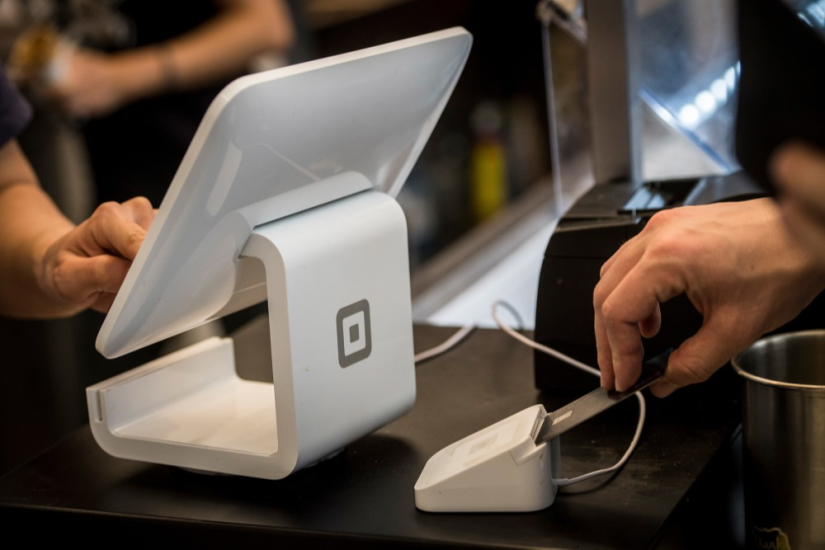Read also:
Under normal circumstances, this would be the time of year when we would be showcasing our selections for Banker of the Year, Community Bankers of the Year and Lifetime Achievement.
But 2020 was disruptive in a profound and pervasive way, so we’re taking a break from tradition to reflect on the year that was, particularly how the industry responded to the coronavirus outbreak and the protests over racial equality. Rather than honor the achievements of a few individuals, we wanted to recognize the regulatory agencies, banks, credit unions and individuals who stepped up to help households and businesses weather the economic shocks of the pandemic and took meaningful action to help close the racial wealth gap.
We also wanted to highlight some of the year’s milestones — finally, a female CEO at a U.S.-based global bank — look ahead at how the year’s events could shape banking and banking policy in the future, and have a bit of fun. It’s a lot to pack into a single slide show, so we’re presenting in two parts over two days. Here’s part one.















